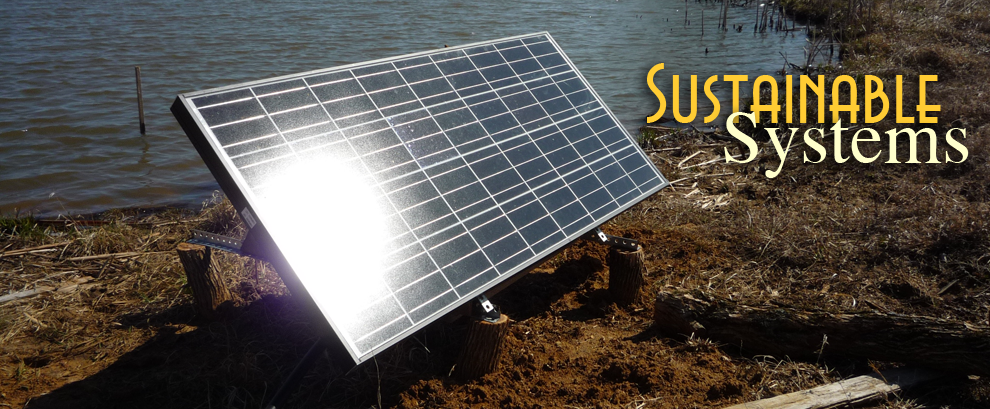Sustainable Living Skills You Need to Survive
It might not seem so serious to the average consumer in the First World, but the future of the world as we know hangs in the balance. The media is full of bad news that can make changing things for the better seem hopeless, but there are simple and radical things you can do to reduce your impact and set an example for others. It's not just a choice, our survival depends on it.
Follow my YouTube Channel Hardcore Sustainable to find out how I've implemented sustainable technologies and techniques at Dancing Rabbit Ecovillage to help me live more lightly on the Earth.
Subscribe to my email list to receive updates of my latest sustainable living videos

My Story: How I Came to Live in an Ecovillage
Why do I think I can have a channel called Hardcore Sustainable? This is more of a personal video talking about my story and my motivations for moving to an ecovillage and making a commitment to doing things the really hard, and hardcore sustainable way. Given all the ecological problems facing the planet, we need to go further in our lifestyle activism. Cooperation with others can be one of the best ways to make our lives richer while consuming less resources, and living in an ecovillage makes cooperation much easier.
Doing the Impossible: Growing Wine Organically in the Midwest
I started an experimental vineyard 8 years ago at Dancing Rabbit Ecovillage and have been developing a method of growing grapes organically in the Midwest. Nearly every commercial vineyard in the country outside of the West Coast and Southwest is highly dependent on chemical herbicides and pesticides. Continue reading
Sustainable Vegetable Starts: Homemade Soil Mix and Pots
You can’t always rely on the starts you pick up at the garden center to be sustainably grown, and you never know what varieties are going to be available. One easy way to eliminate the uncertainty around garden starts is to grow your own. Continue reading
Trying Out the GoSun Solar Cooker
I designed my house with the sun in mind, and since I get so much sun inside the house in the middle of winter, why should put a solar cooker outside to cook? The GoSun, a relatively new design for solar cooking, is small, portable, and powerful enough to use in my house with just the sunlight coming in through the window. My DR neighbor Aaron and I tried it out last January to see how it would work even in the low intensity winter sunlight. The GoSun is just another tool we can use to reduce our dependence on fossil fuel and make use of the abundant solar energy that bathes our planet year round.
Southern Maple Syrup: Gathering Sap and Boiling It Down
Sugar often comes from faraway places and requires much processing to get the product we buy in our grocery store, but there are other ways to get sugar locally and more sustainably. Obviously there is honey, and there is sorghum syrup, which was a popular form of sugar in the past in our part of the country. But there’s also maple syrup, which in our southern region can be made from silver maples.
Unusual Fruit: Starting Goji and Sea Buckthorn from Seed
Part of living sustainably is getting your food as locally as possible. To maximize the productivity, diversity, and sustainability of foods you get in your diet locally, it’s a good idea to know all the crops that produce the best in your climate using organic methods. There may be many potentially useful fruits available and adapted to your climate that you don’t know about. Continue reading






